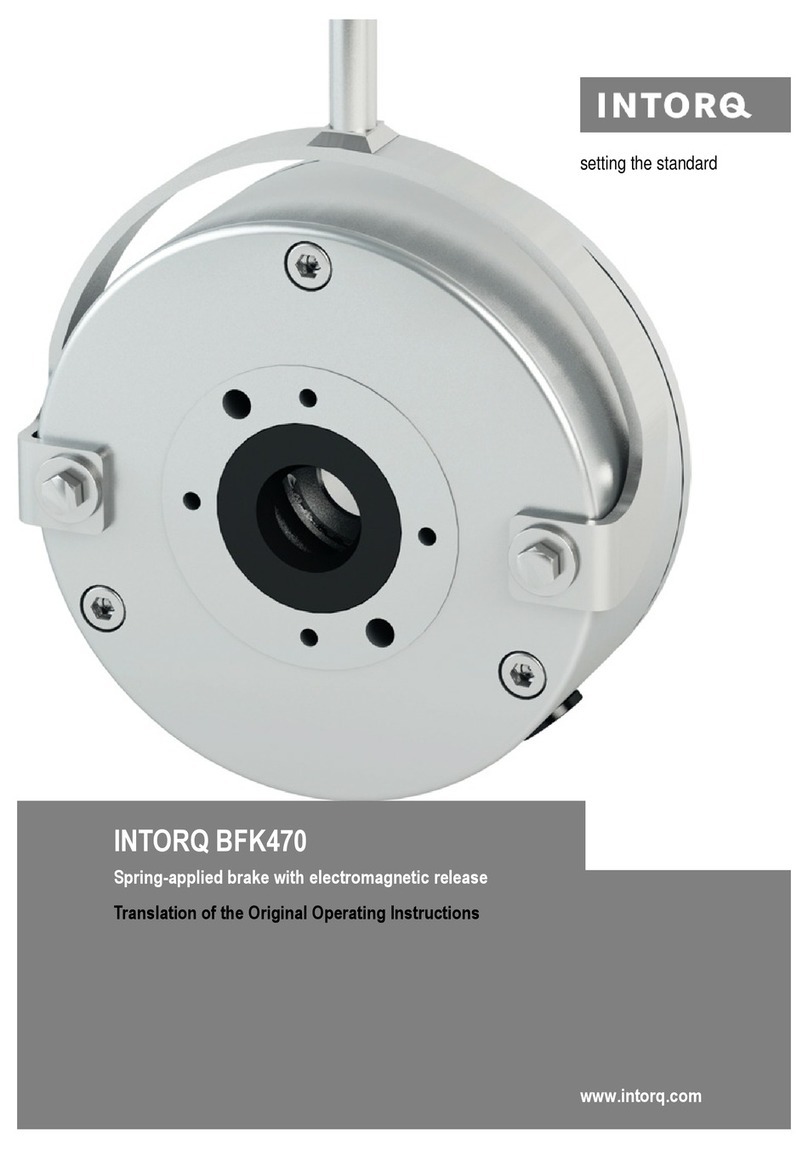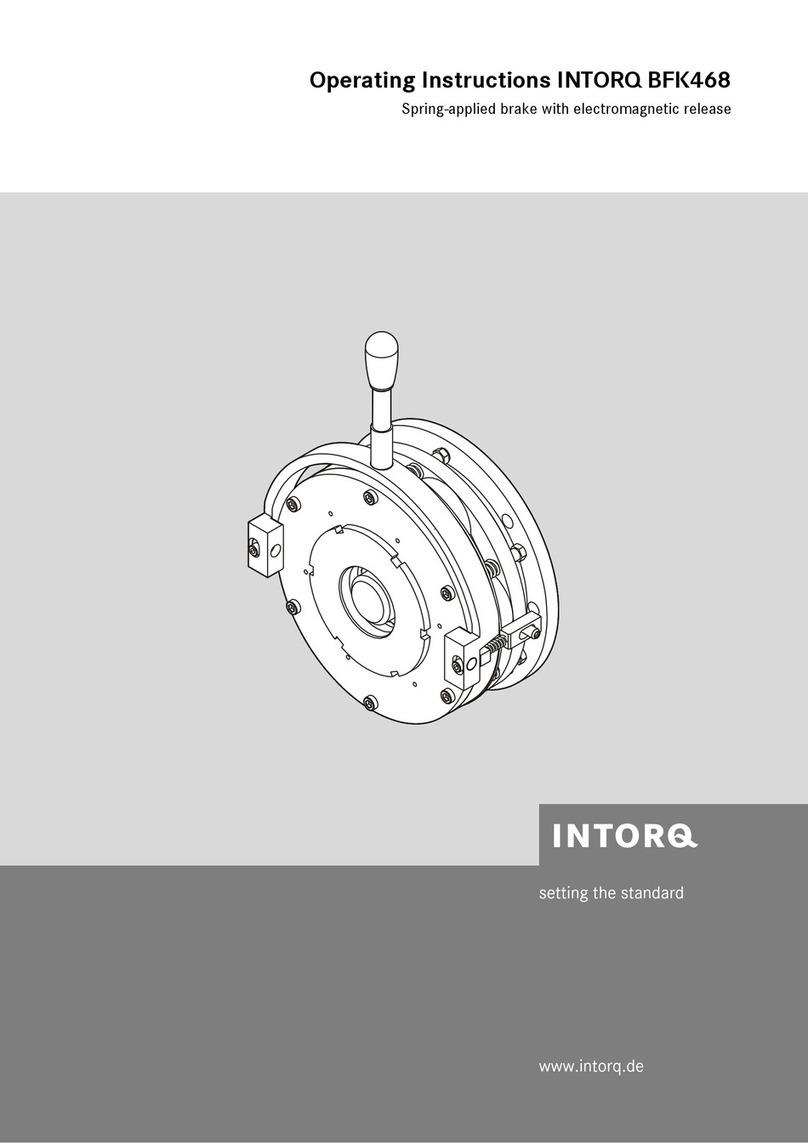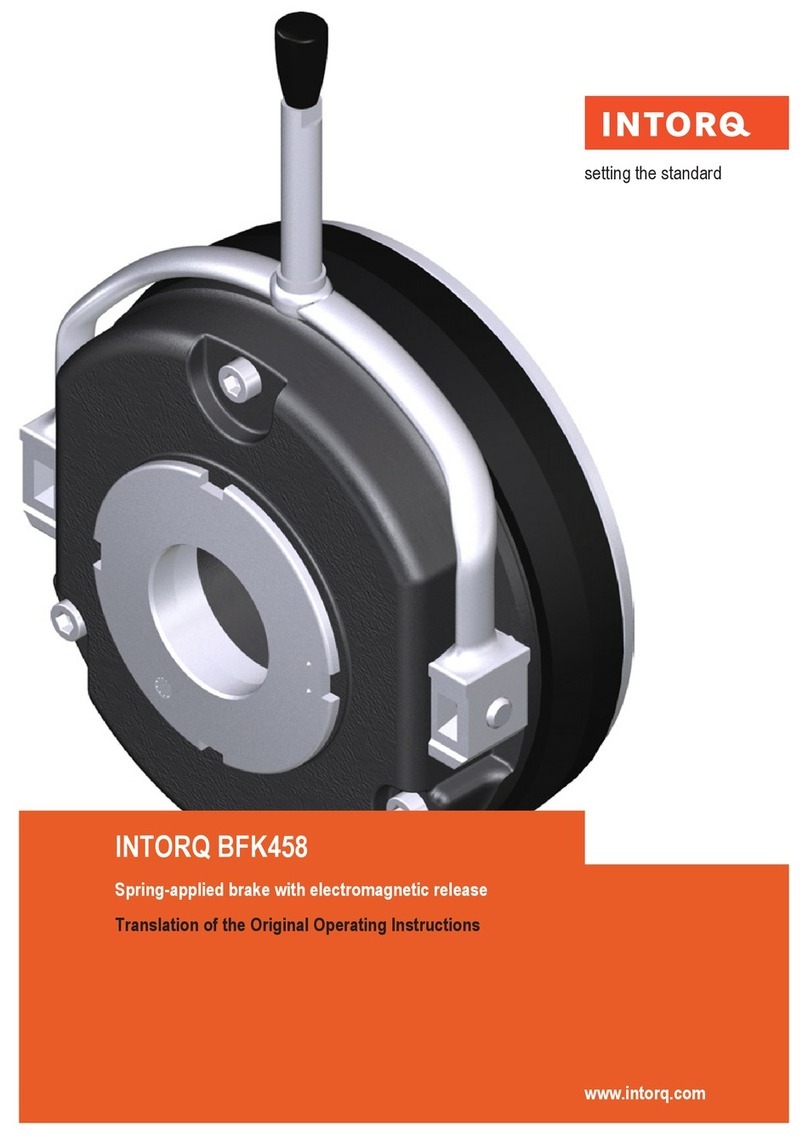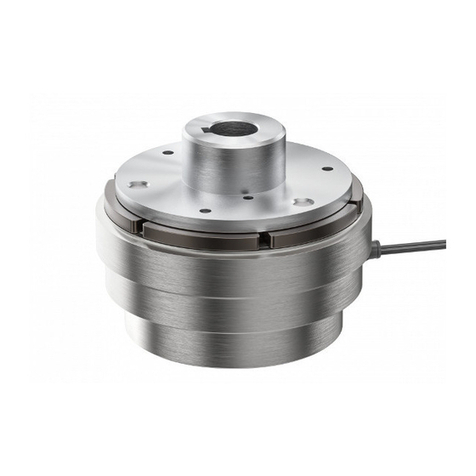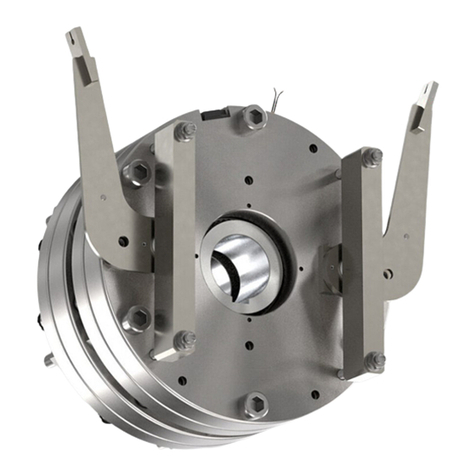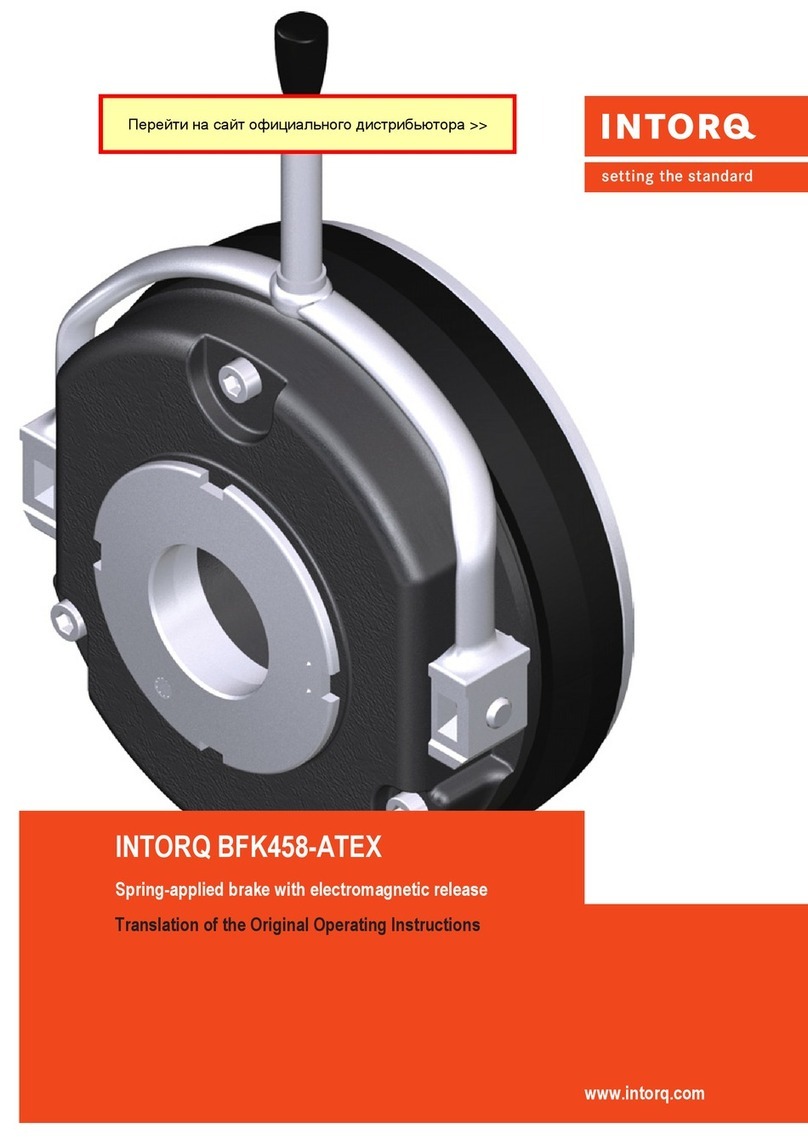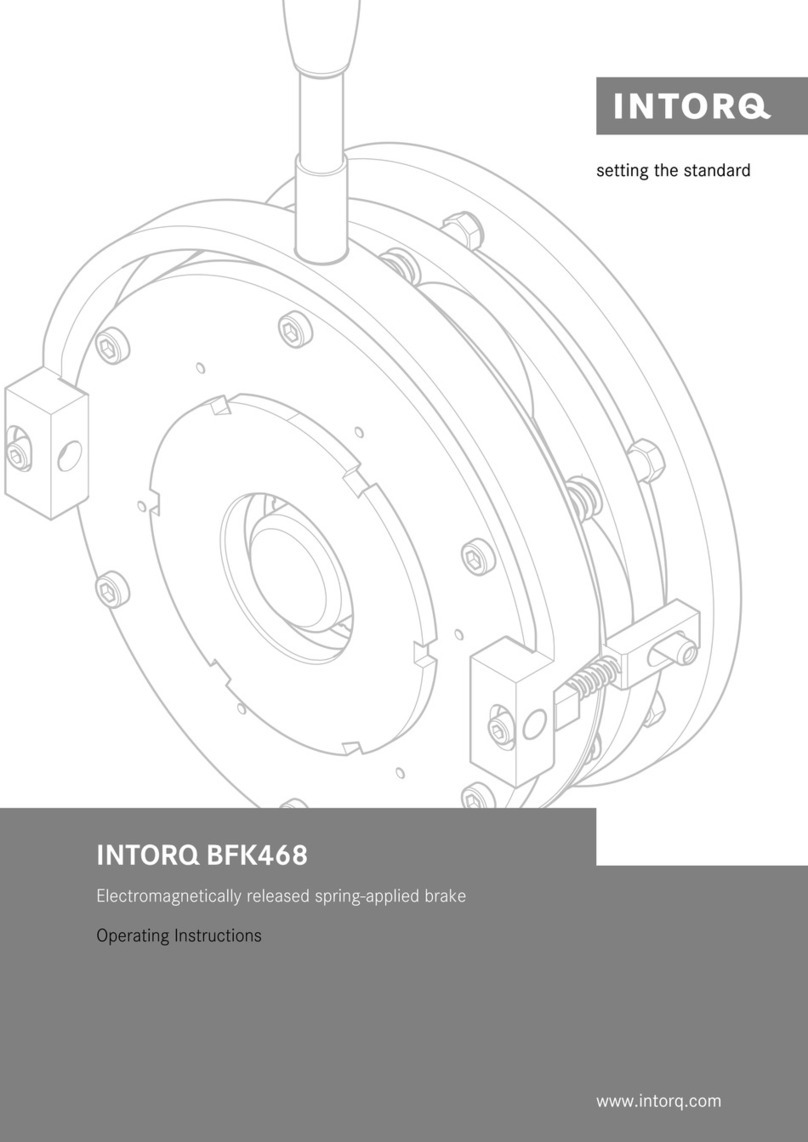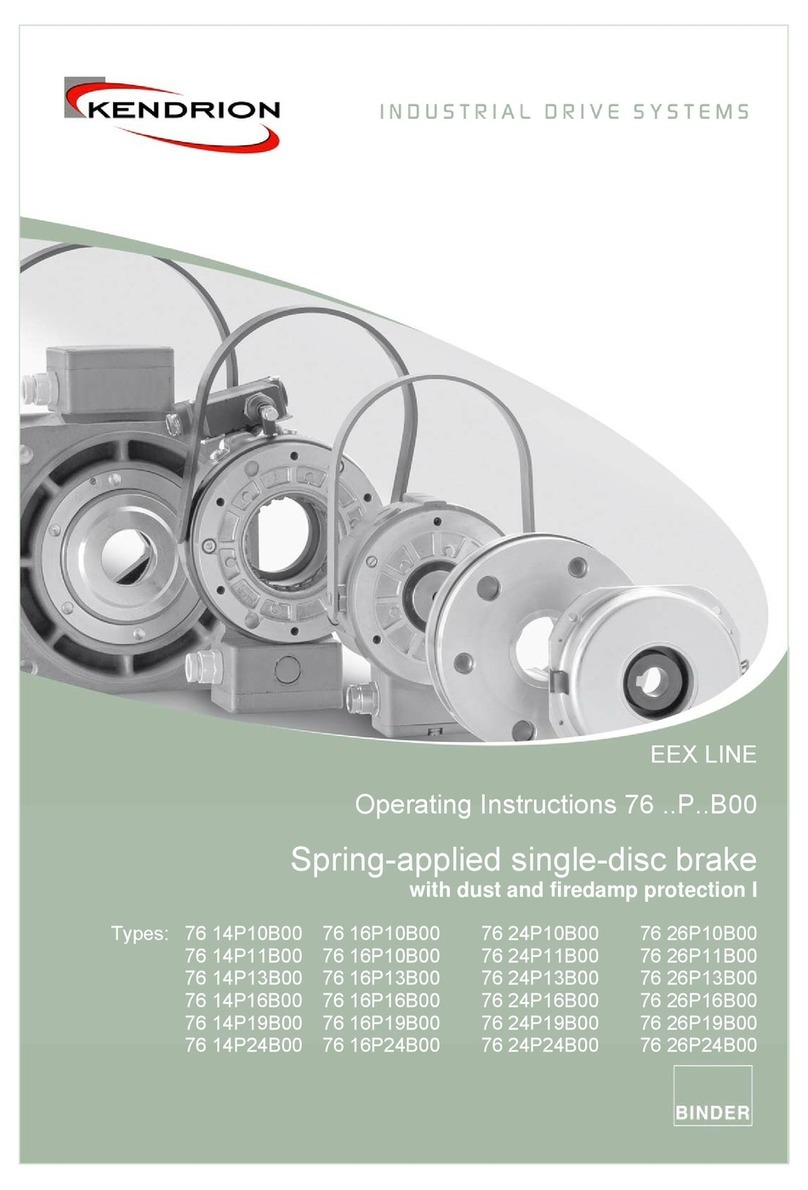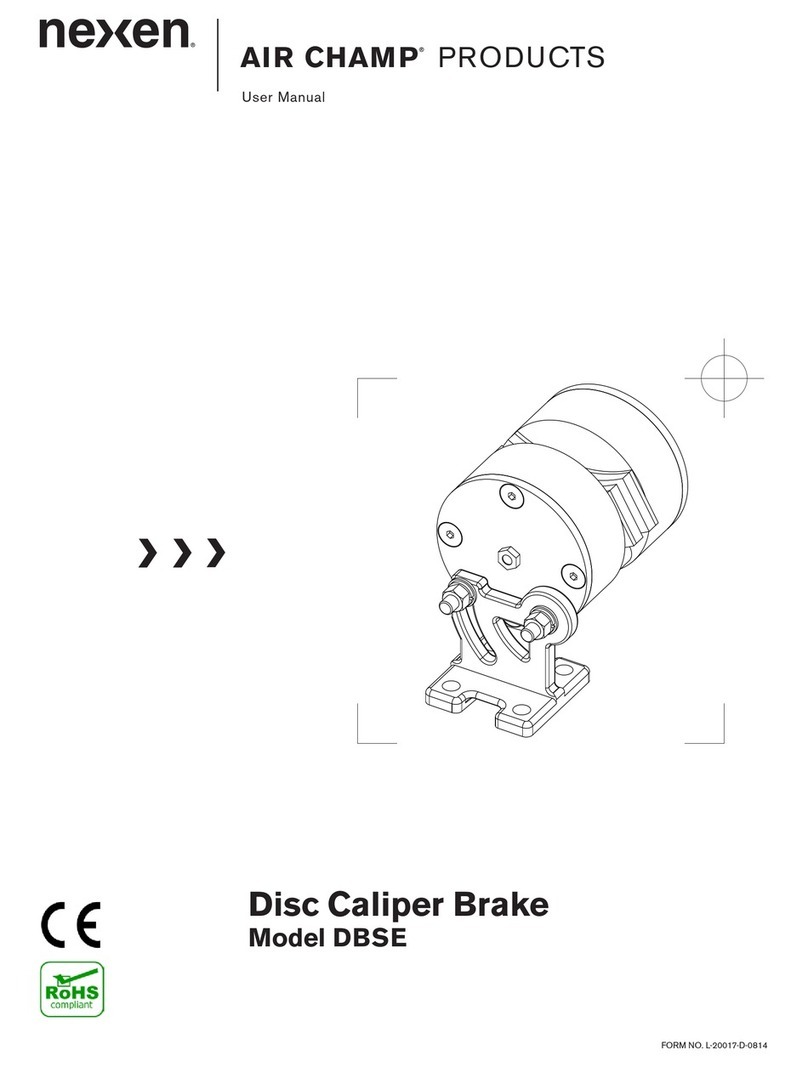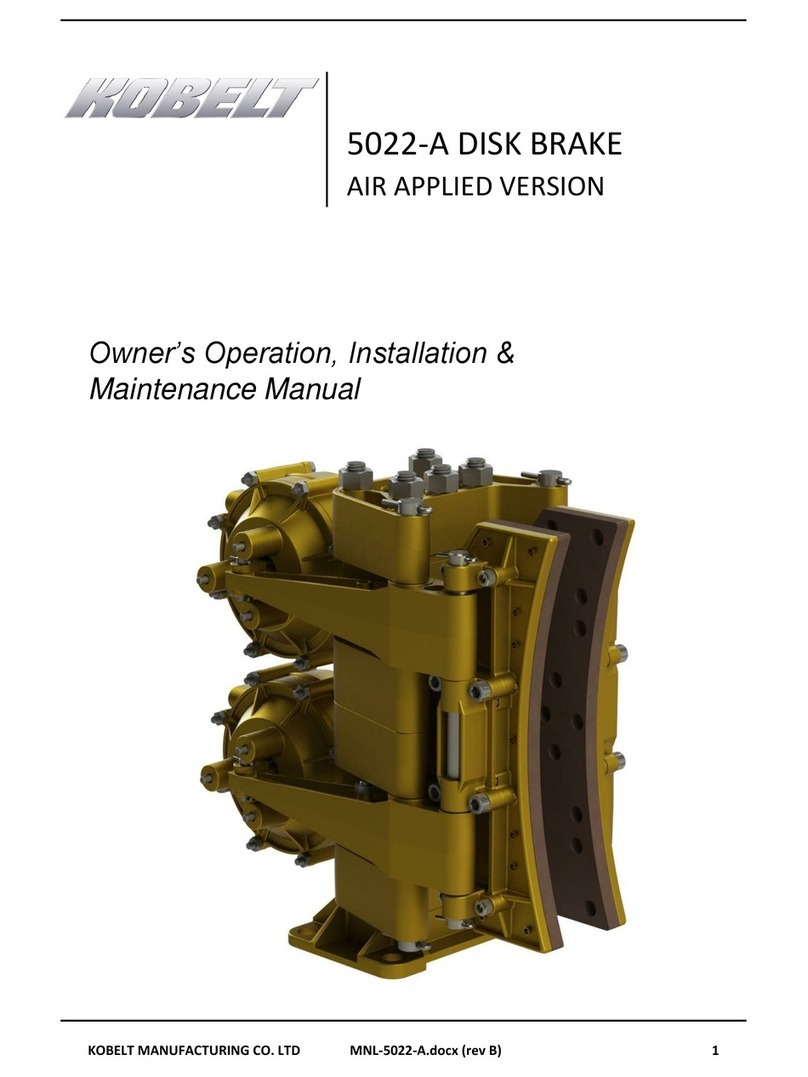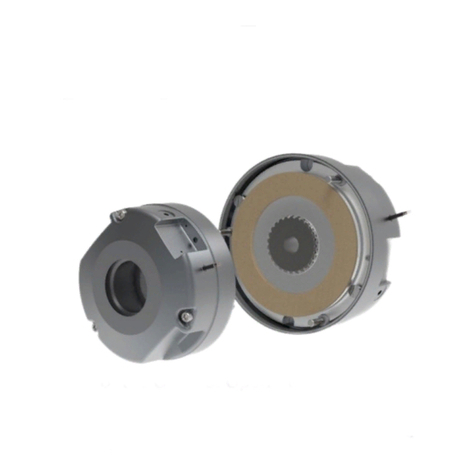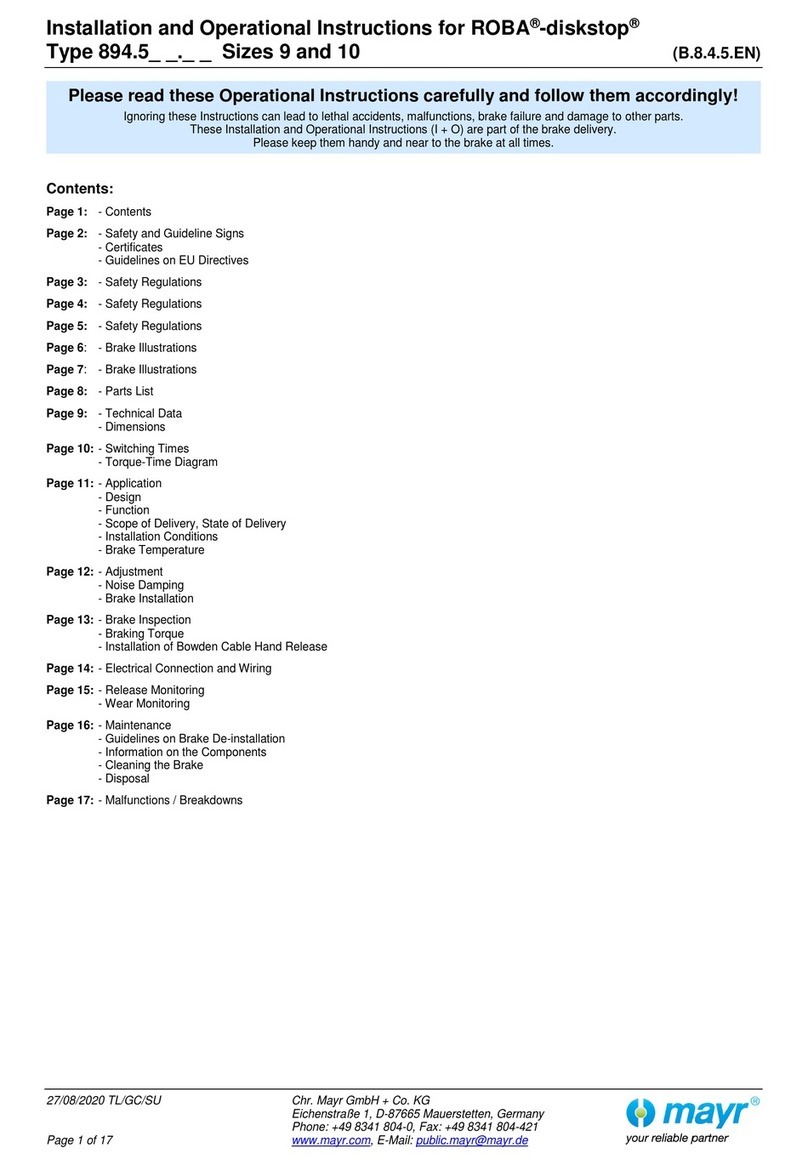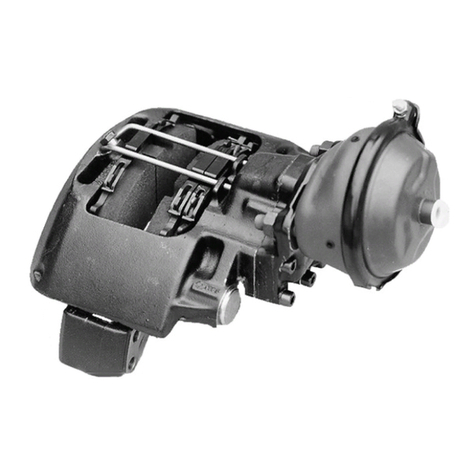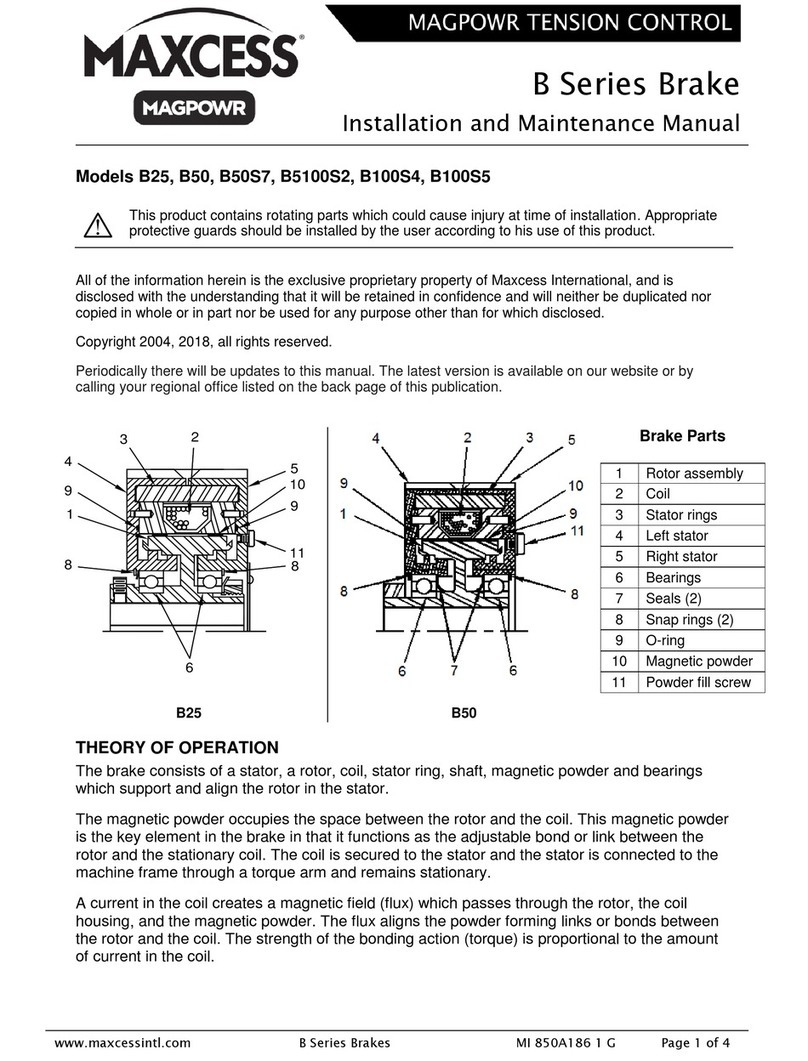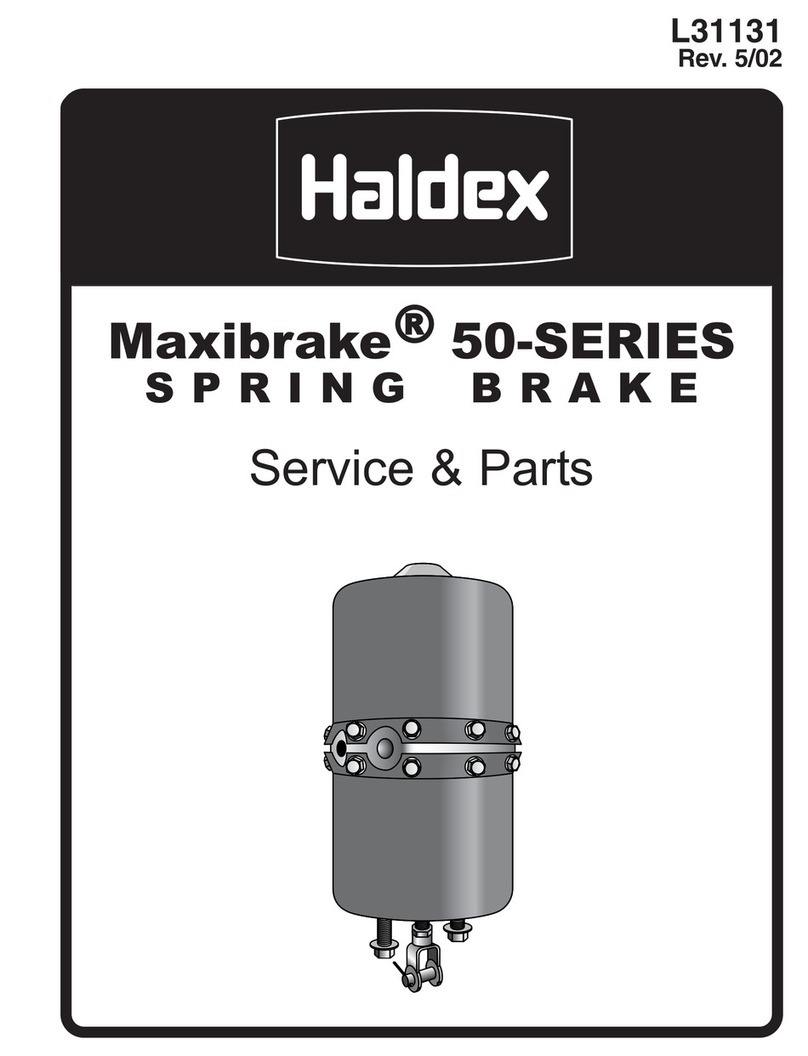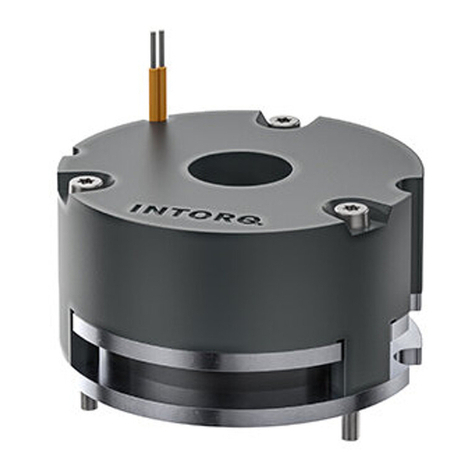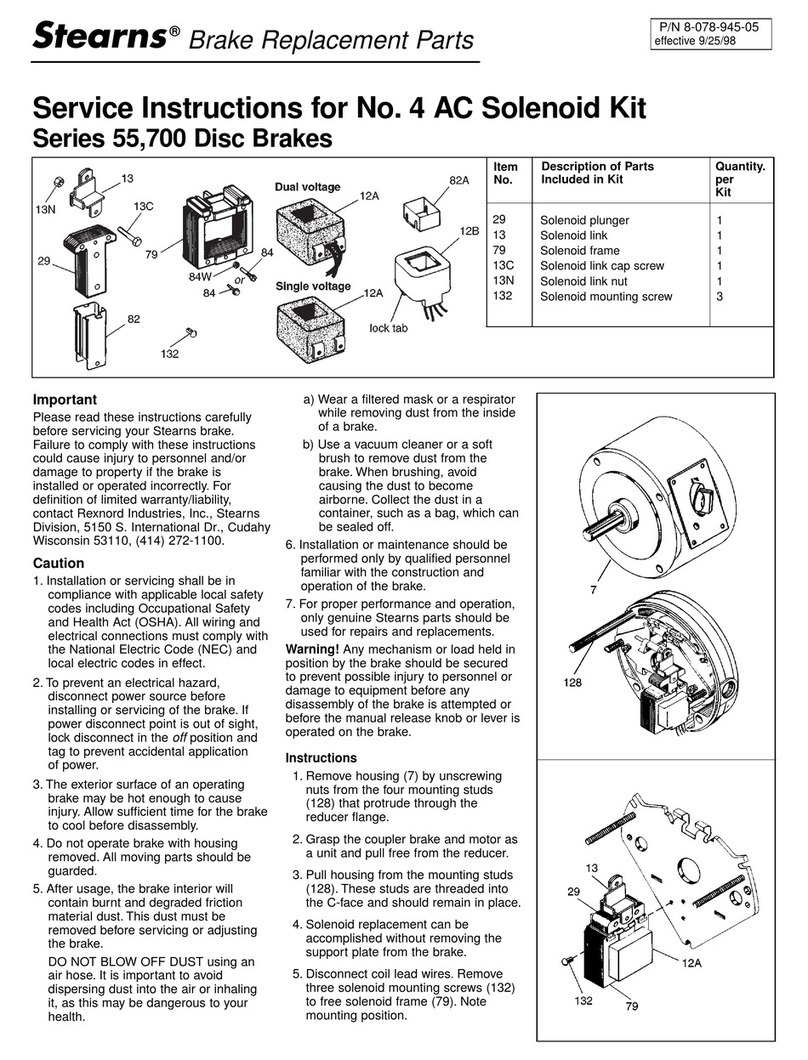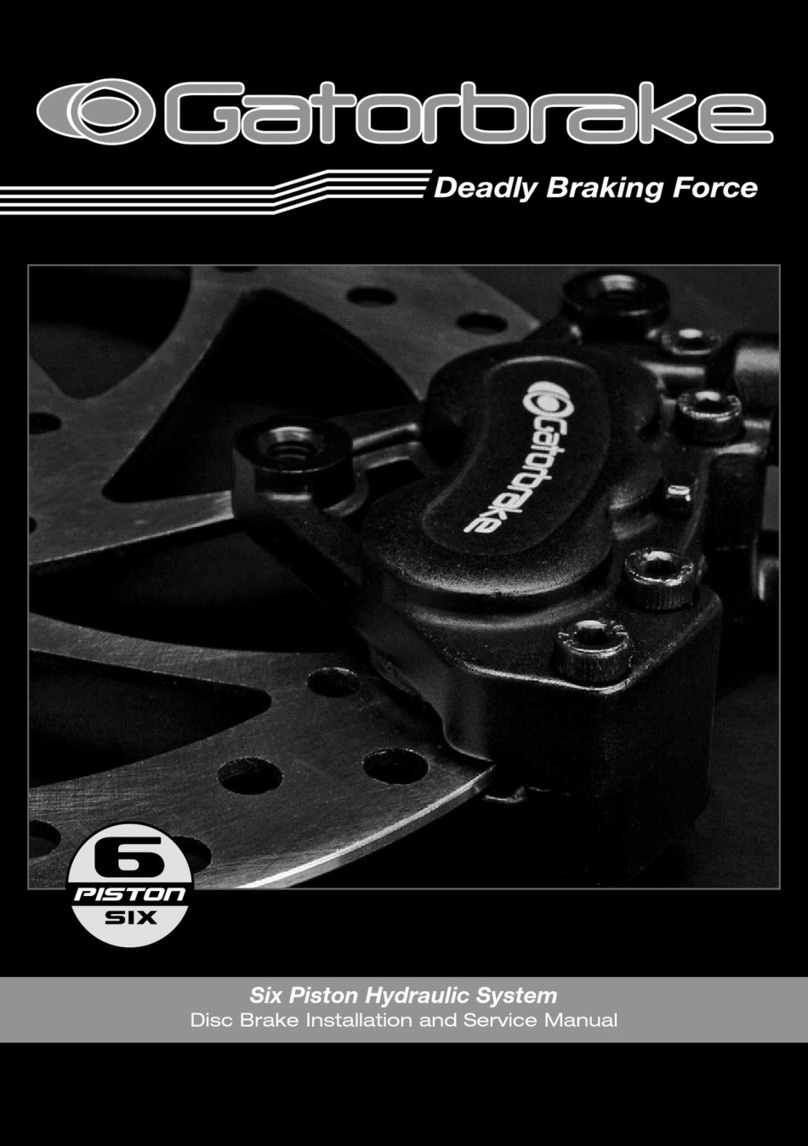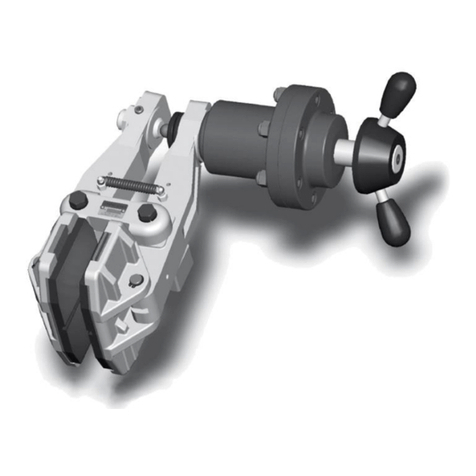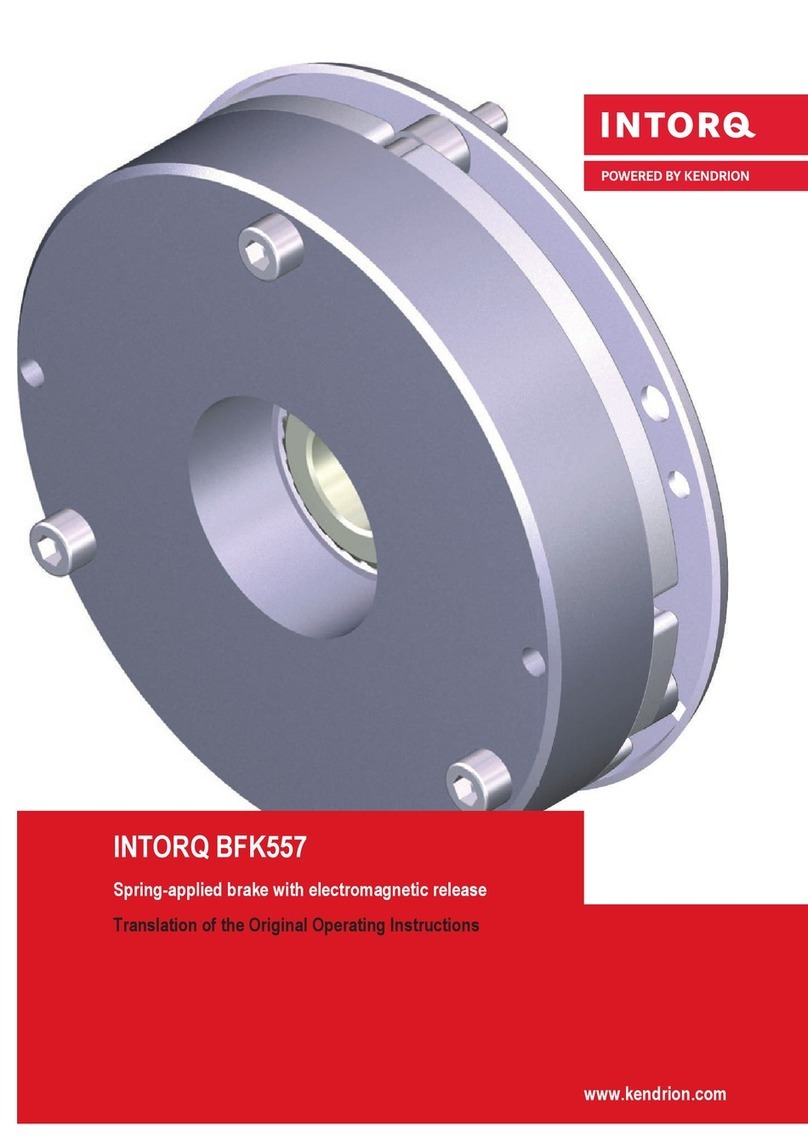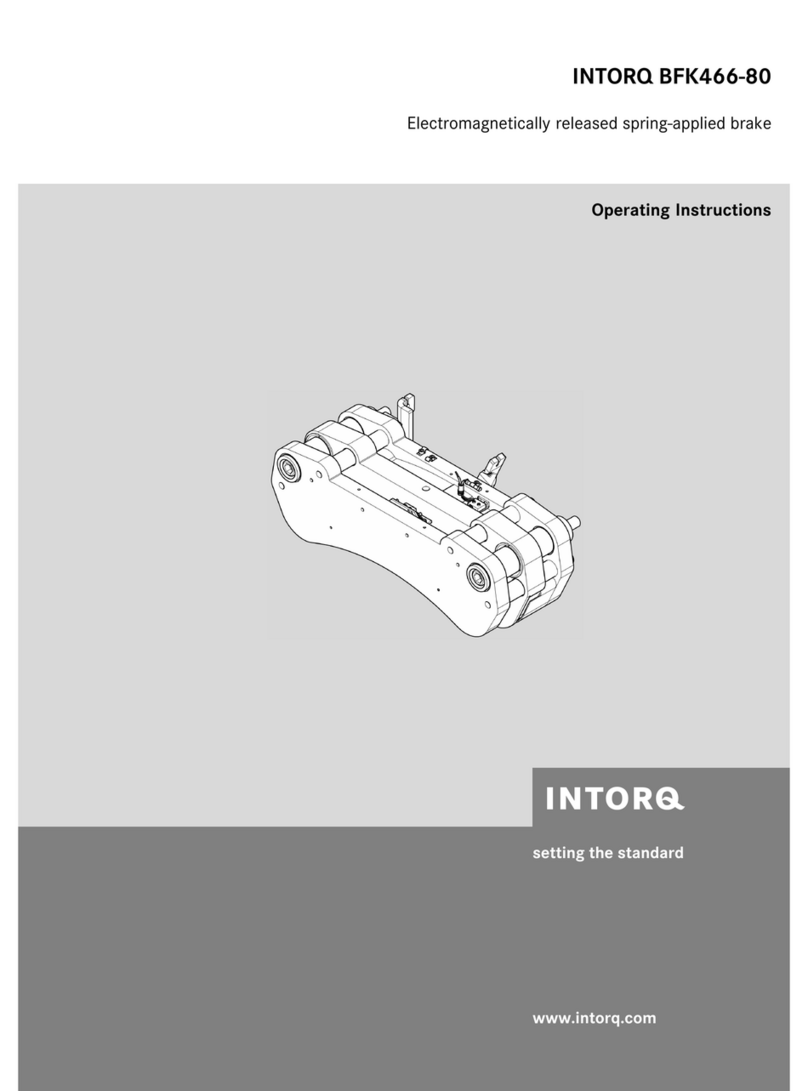
5.1 Design of end shield and shaft........................................................................................................................... 24
5.2 Tools .................................................................................................................................................................. 25
5.3 Preparing the installation.................................................................................................................................... 26
5.4 Installing the hub onto the shaft ......................................................................................................................... 27
5.5 Mounting the flange (optional)............................................................................................................................ 28
5.6 Brake mounting .................................................................................................................................................. 29
5.7 Cover ring assembly .......................................................................................................................................... 33
5.8 Installing the hand-release (retrofitting).............................................................................................................. 33
6 Electrical installation ............................................................................................................................................... 37
6.1 Electrical connection .......................................................................................................................................... 38
6.2 Technical specifications for the micro-switch ..................................................................................................... 39
6.3 Rectifier .............................................................................................................................................................. 40
6.3.1 Bridge-half-wave rectifier for brakes with holding voltage reduction ..................................................... 40
6.3.2 Bridge rectifier for brakes without holding voltage reduction ................................................................. 40
6.3.3 Assignment: Rectifier - Brake size......................................................................................................... 40
6.3.4 Technical specifications......................................................................................................................... 41
6.3.5 Permissible current load at ambient temperature.................................................................................. 42
7 Commissioning and operation ............................................................................................................................... 43
7.1 Function checks before initial commissioning .................................................................................................... 43
7.1.1 Brake with micro-switch......................................................................................................................... 43
7.1.2 Checking the hand-release.................................................................................................................... 44
7.2 Commissioning................................................................................................................................................... 45
7.3 During operation................................................................................................................................................. 46
8 Maintenance and repair........................................................................................................................................... 47
8.1 Wear of spring-applied brakes ........................................................................................................................... 47
8.2 Inspections ......................................................................................................................................................... 48
8.2.1 Maintenance intervals............................................................................................................................ 48
8.3 Maintenance....................................................................................................................................................... 48
8.3.1 Checking the components ..................................................................................................................... 49
8.3.2 Check the rotor thickness ...................................................................................................................... 49
8.3.3 Checking the air gap.............................................................................................................................. 50
8.3.4 Release / voltage................................................................................................................................... 50
8.3.5 Replace rotor ......................................................................................................................................... 51
8.4 Spare parts list ................................................................................................................................................... 52
9 Troubleshooting and fault elimination................................................................................................................... 53
INTORQ | BA 14.0214 | 10/2019 5
